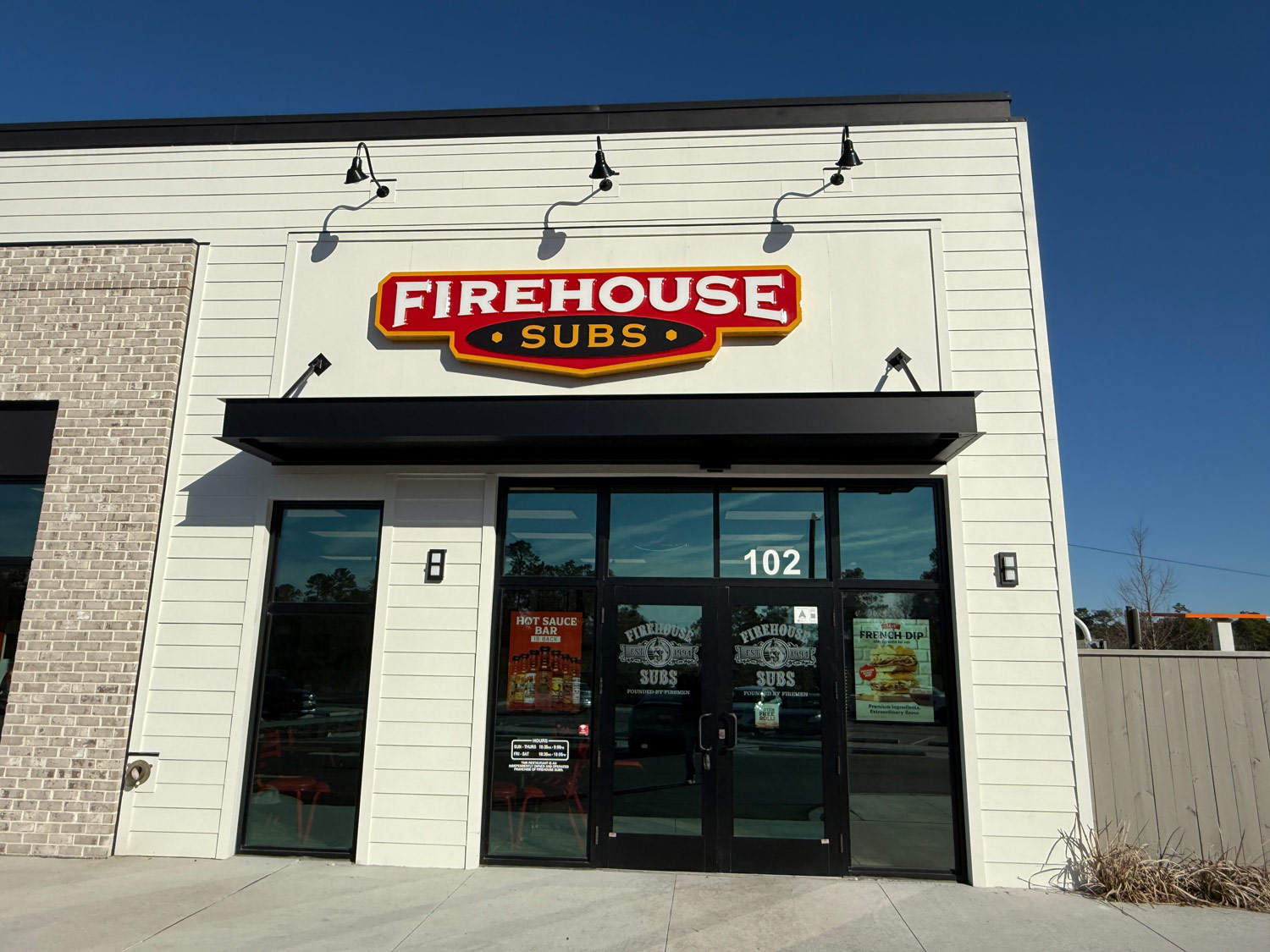Story by: Ferrara Editor
August 27, 2025

Stepping into franchise ownership is a major decision. Whether you’re opening your first location or signing on for multiple units, the excitement of being part of a proven brand comes with a challenge that can catch new owners off guard: getting the doors open on time and on budget.
At Ferrara Buist, we’ve worked with franchise operators across the Carolinas for over two decades. Here’s what every prospective franchisee should know about the construction side of the journey—knowledge that could save you months of delays and tens of thousands of dollars.
When you sign your franchise agreement, you’ll often receive a prototype design package from the franchisor. This set of drawings and guidelines is the foundation of your project, but it’s not a finished roadmap. Local conditions, codes and site realities almost always require adjustments.
Think of the prototype as a starting point, not a blueprint. In some cases, the foundation requirements alone can add tens of thousands of dollars to a project due to local soil conditions that weren’t anticipated in the standard design. Similarly, ADA compliance requirements can vary significantly between jurisdictions, potentially requiring costly modifications to restroom layouts, ramp configurations, or door widths.
It’s also important to recognize that the construction numbers in the Franchise Disclosure Document (FDD) are usually broad averages based on national data. They don’t always account for site-specific costs like utility extensions, stormwater detention, or regional labor markets. A realistic construction budget will often run 15-25% higher than what’s shown on paper, particularly in markets with high labor costs or stringent environmental requirements.
Location is everything—but it’s not just about visibility and traffic counts. The site you select will greatly affect construction costs and timeline complexity.
Many landlords offer Tenant Improvement (TI) allowances or free rent periods to attract franchise operators. These can be valuable, but don’t assume they will cover all hidden expenses. TI allowances sometimes cover flooring and paint but exclude electrical upgrades, HVAC modifications, or structural work needed for your specific concept.
Get a clear picture of what the landlord is paying for and what falls back on you. A comprehensive lease review should identify who’s responsible for everything from grease trap installation to exterior signage permits. A geotechnical survey (geotech) and early site investigation will save you from surprises like poor soil conditions, underground utilities or contamination issues that can cause ripples in your budget and add months to your timeline.
Even if you’re handed a clean prototype design, every city and county has its own quirks. Parking minimums, fire marshal approvals, stormwater requirements and architectural review boards can all significantly alter your timeline and costs.
Historic districts, for example, might require specific materials or design modifications that weren’t part of your original prototype. Coastal areas often have additional wind load requirements that affect structural costs. Some municipalities require traffic studies for drive-through operations, while others mandate specific landscaping percentages or tree preservation measures.
In some municipalities, permits can move in six weeks. In others, a small technicality – like a minor setback variance or a stormwater calculation error – can stretch approvals to six months. The earlier you bring in a builder who knows the local authorities, understands their review processes, and has established relationships with key officials, the smoother your path will be.
One of the biggest misconceptions is that a prototype design creates a predictable, cookie-cutter construction process. In reality, HVAC loads differ based on local climate conditions, kitchens have specialized needs that vary by menu complexity, and sitework rarely looks the same twice.
To keep costs predictable, consider phased bidding. Locking in pricing for long-lead items like HVAC equipment, switchgear or kitchen packages before inflation drives them up. Supply chain disruptions have made this strategy even more critical, with some equipment deliveries stretching 16-20 weeks.
Likewise, early procurement of signage, lighting fixtures or specialty finishes can shave weeks off your schedule and reduce the risk of material price escalation. We recommend identifying critical path items early and securing pricing at least 90 days before installation dates.
Even if you’re starting with one location, approach construction as if you’ll be building more. Choosing standardized finishes, documenting lessons learned and forming a relationship with a builder who can replicate your project across markets will pay dividends if and when you expand.
Multi-unit operators often save on subsequent builds by streamlining their prototype modifications, negotiating volume pricing on finishes and fixtures and working with a consistent construction partner who already understands the brand standards, common pitfalls and local market conditions.
Create a project playbook that documents everything from preferred vendors to lessons learned about local permitting quirks. This investment in process documentation pays compound returns as you scale.
Not all contractors are equal when it comes to franchise work. Red flags include a builder who only quotes what’s on the prototype drawings without asking about site conditions, a team that doesn’t communicate regularly with your franchisor’s architect, or contractors who lack experience with your specific franchise concept’s requirements.
On the other hand, a design-assist builder works alongside the franchisor, architect and landlord to adapt the prototype intelligently. This collaborative approach ensures you stay true to brand standards while protecting your budget and schedule through proactive problem-solving.
Owning a franchise is about more than running a proven business model – it’s about making smart decisions that set you up for long-term success. The construction phase is often the most complex and stressful part of the journey. With proper planning and the right partner, it doesn’t have to be a source of constant anxiety.
At Ferrara Buist Contractors, we help franchisees navigate every stage of the process, from initial site evaluation to ribbon-cutting ceremonies. If you’re exploring franchise ownership or preparing to launch your first location, let’s talk about how to make your build as smooth, predictable and profitable as possible.